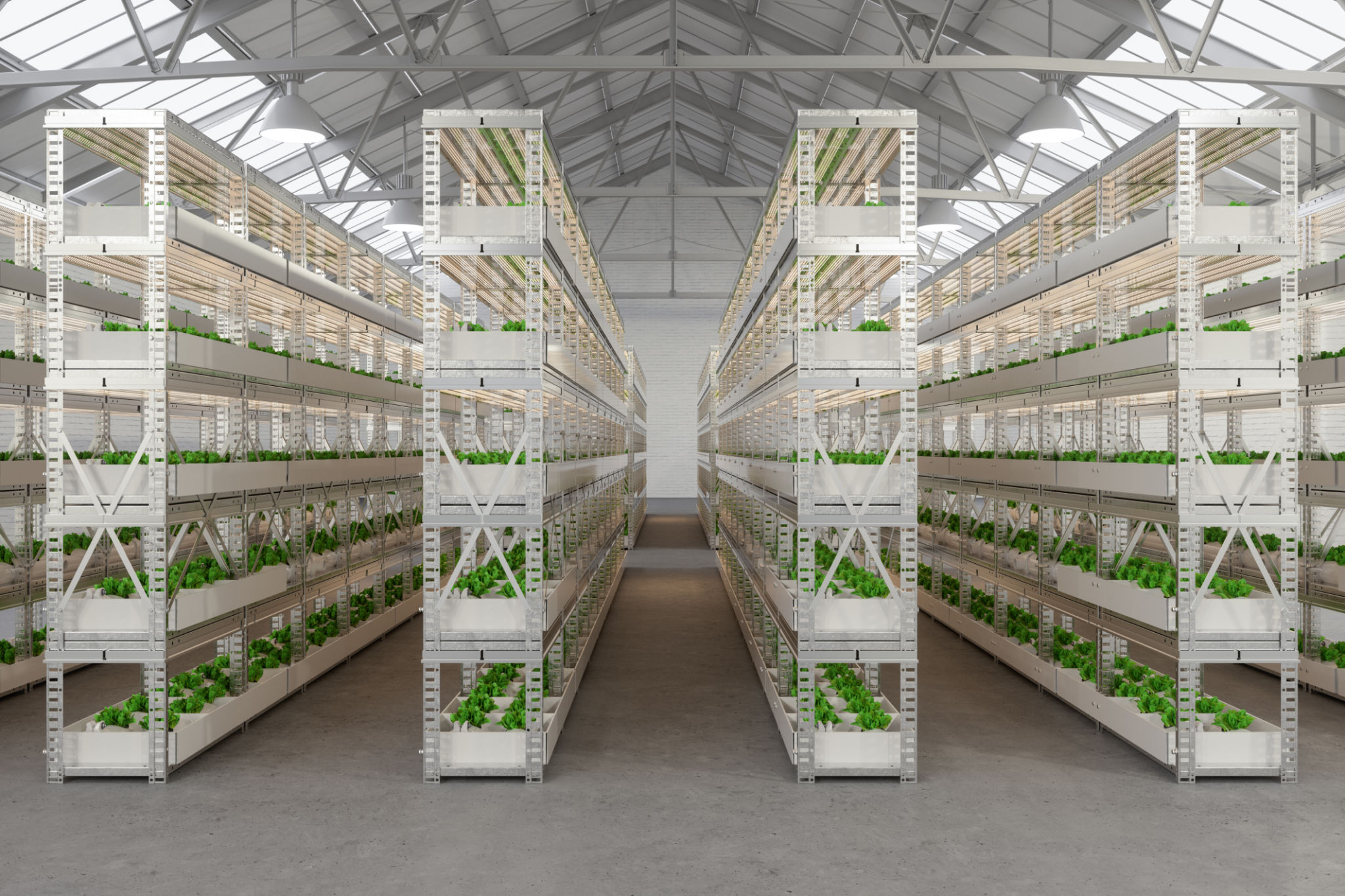Innovative Urban Farming Techniques for Small Spaces
The Rise of Urban Farming
In recent years, urban farming has gained significant traction as city residents seek sustainable ways to grow their own food. With limited space in urban environments, innovative farming techniques are becoming essential. From rooftops to balconies, urban farming is transforming barren cityscapes into green oases.
Urban farming not only provides fresh produce but also helps reduce the carbon footprint associated with transporting food from rural areas. As more people embrace this movement, it's crucial to explore creative solutions that maximize yield in confined spaces.

Vertical Gardening: Maximizing Space Efficiency
Vertical gardening is a popular technique that allows urban farmers to grow plants upwards rather than outwards. This method is ideal for balconies and small yards, offering a way to cultivate a variety of plants without consuming precious ground area. Vertical gardens can be as simple as hanging pots on a wall or as complex as multi-tiered structures with built-in irrigation systems.
Common vertical garden plants include herbs, lettuce, and strawberries. These offer both aesthetic appeal and functional value, turning any vertical surface into a lush, productive space.
Hydroponics: Soil-Free Solutions
Hydroponics is an innovative farming technology that enables plants to grow without soil. Instead, plants are anchored in a nutrient-rich water solution, allowing them to receive essential minerals directly. This method is particularly effective in small urban spaces because it eliminates the need for large soil beds and reduces water usage.

Hydroponic systems can be easily set up indoors or on small patios, providing an efficient way to grow vegetables like tomatoes, cucumbers, and leafy greens year-round.
Container Gardening: Versatile and Adaptable
Container gardening involves growing plants in pots or containers, making it a flexible option for urban farmers. This technique allows individuals to move their gardens according to sunlight availability or seasonal changes. Containers come in various sizes and materials, accommodating a wide range of plants from herbs to dwarf fruit trees.
For those with limited space, stackable containers can further optimize the growing area. This adaptability makes container gardening an appealing choice for urban dwellers seeking to cultivate their green thumb.

Community Gardens: Collaborative Efforts
Community gardens provide an excellent opportunity for city residents to come together and share resources. By collaborating in community spaces, individuals can access larger plots of land, share tools, and exchange knowledge about sustainable farming practices. These gardens not only boost local food production but also foster a sense of community and cooperation.
Participating in a community garden can be a rewarding experience, offering both social interaction and the satisfaction of growing one's own food.
Conclusion: Embracing Urban Agriculture
The innovative techniques explored here demonstrate that urban farming is feasible and rewarding, even in the smallest of spaces. By adopting methods like vertical gardening, hydroponics, container gardening, and participating in community gardens, city dwellers can enjoy fresh produce without leaving their urban environment.
As urban populations continue to grow, embracing these farming techniques will be essential for sustainable living. Urban agriculture not only supports personal well-being but also contributes to greener, more livable cities.
